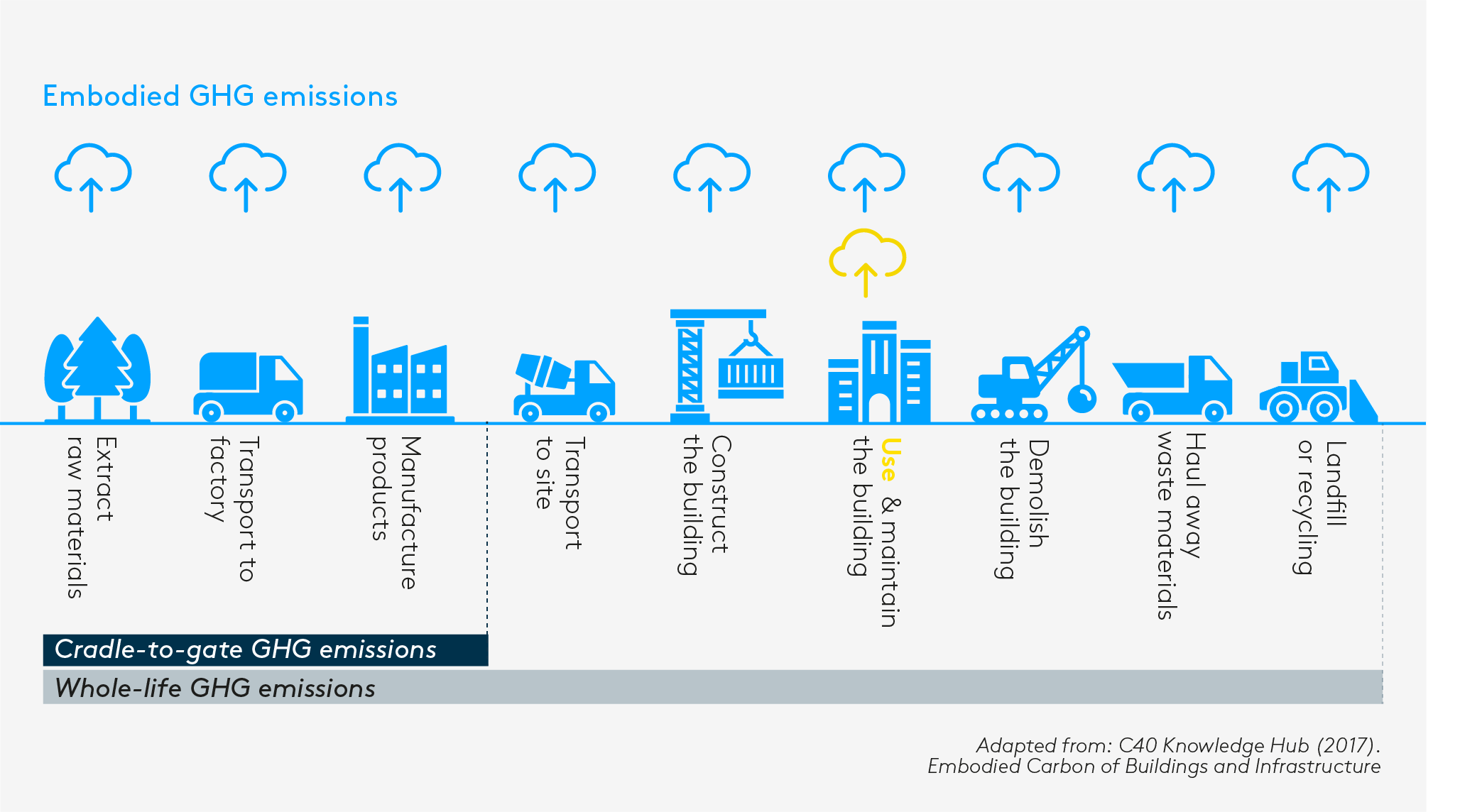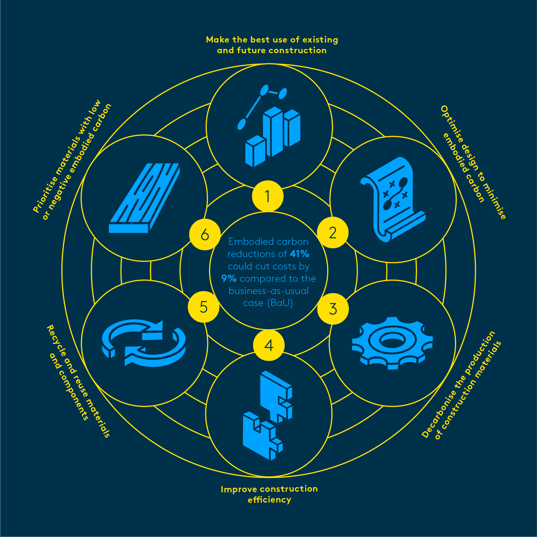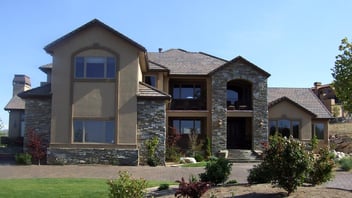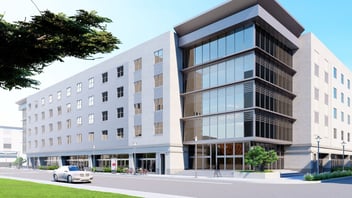What are "Embodied Carbon" and a "Carbon Footprint"?
Homes, like any building, use materials when they are built, and materials need to be obtained from many sources in many ways. Making materials means using energy. Lots of energy is used in mining, harvesting, forming, transporting, and making the materials, and people personally use energy in addition.
Energy is used to shape the raw materials into usable forms, and then assemble the pieces into buildings All of the energy that was used to make something is called “Embodied Carbon” and represents the amount of carbon consumed, including the parts that went into the atmosphere.

Once the buildings are completed, then a lot more energy is used in operating the buildings for decades. That energy used in operations is a building’s “Carbon Footprint”. See the diagram below that shows how we use SO much energy in buildings.
The trouble is that too much of this energy comes from burning fossil fuels, such as gas, coal, oil, etc. Burning fossil fuels produces greenhouse gases (GHGs) such as CO2 and methane, and these GHGs are trapping heat in the atmosphere and oceans, raising air temperatures everywhere, and causing species extinctions at an accelerating rate.
The U.S. is the world’s largest producer of GHGs, and BUILDINGS produce 40% of all of the GHGs in the U.S. This wasteful and damaging way of living is threatening countless species with unlivable conditions, and humans too may be severely affected. This way of using energy is OPPOSITE of sustainability. It’s truly unsustainable by definition, and this path needs to change
The Simplus Building System is one of the most efficient and practical ways to reduce a building’s “Embodied Carbon” and “Carbon Footprint”.

Six Interventions to Reduce Embodied Carbon Emissions from Construction-Jelmer Hoogzaad;
Join the conversation and tell us what you think in the comments below.



